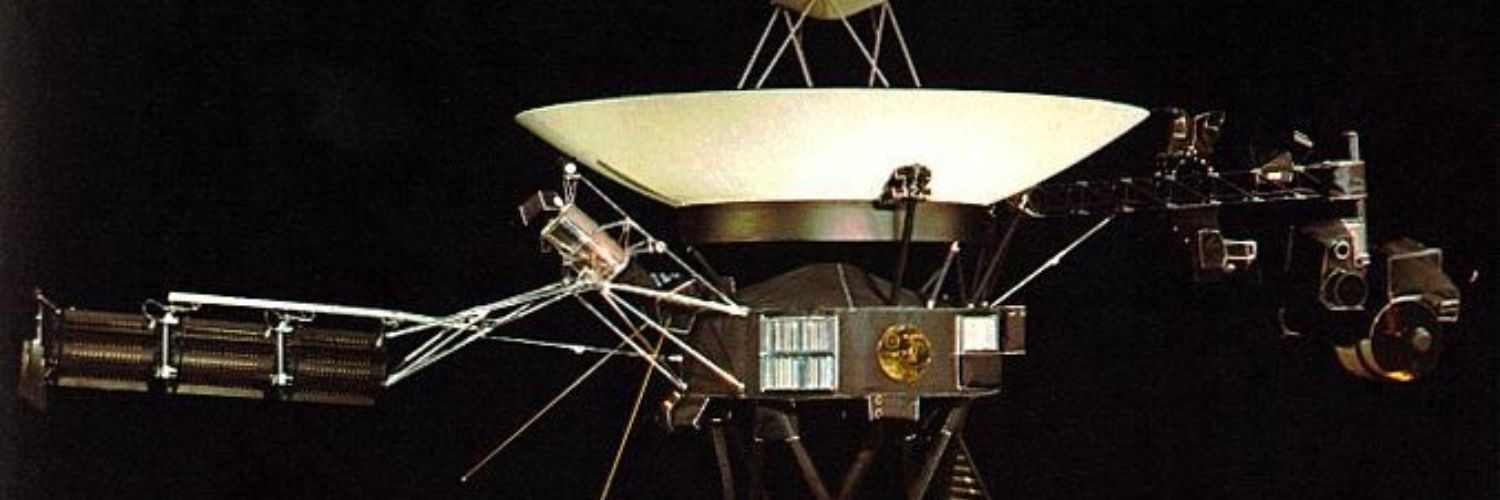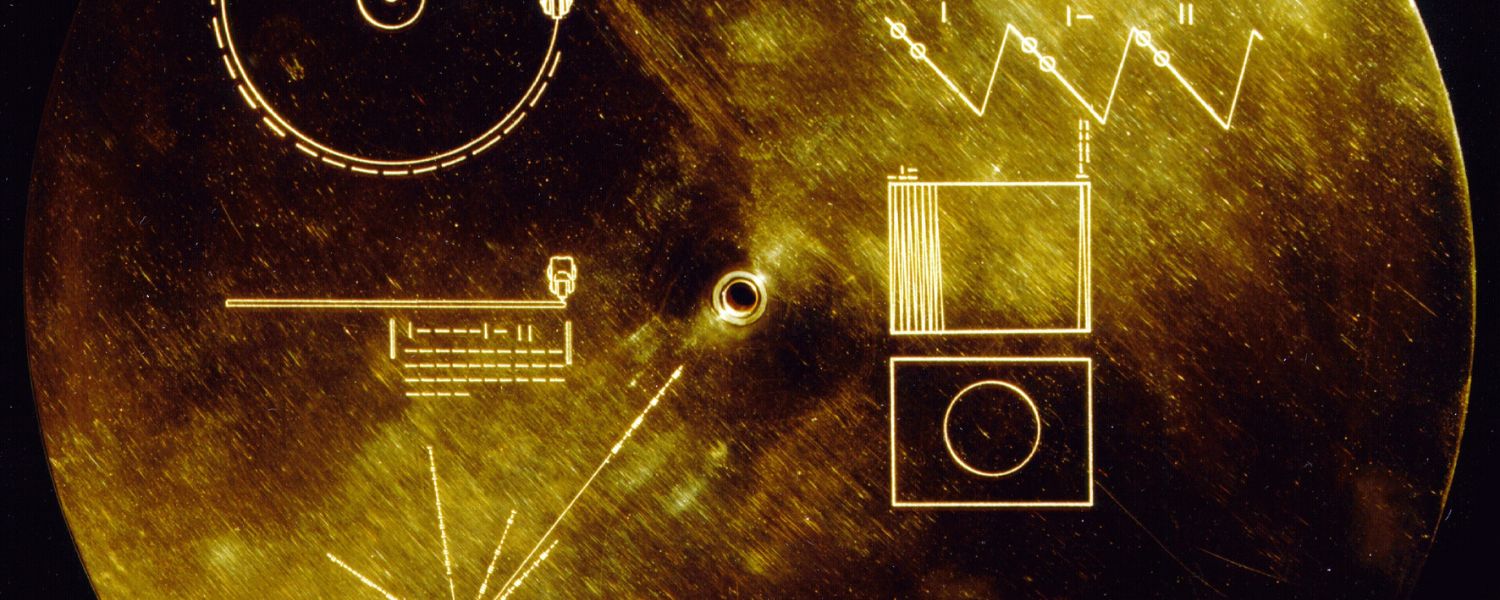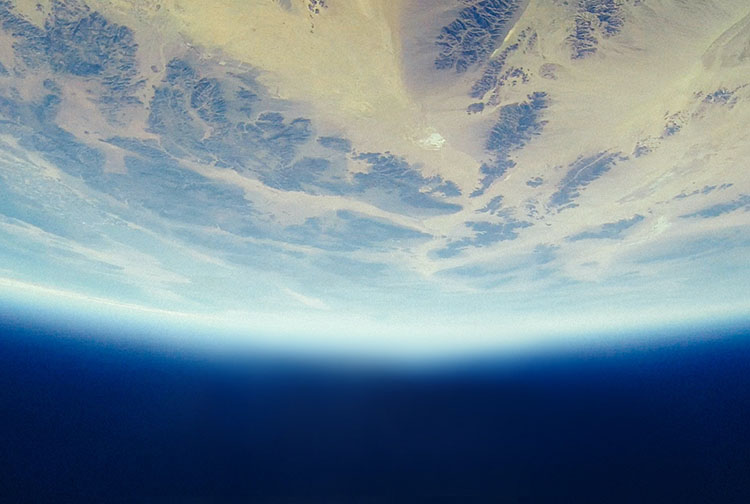

Voyager Golden Discs: A Message to the Universe
The two Voyager probes launched into space by NASA in 1977 were designed to explore the outer planets of our solar system. They were accompanied by a gramophone record made of copper and covered in gold containing a message to show the existence of life on Earth to possible intelligent extraterrestrial beings.
In the vastness of the cosmos, two tiny time capsules traverse interstellar space with a message intended to make our existence known to any intelligent extraterrestrial life forms they may encounter along the way. A message in a cosmic bottle containing a small sample of what humanity and planet Earth are all about also symbolises our eagerness and ability to discover new frontiers.
Carl Sagan, the well-known American astrophysicist, astronomer and science communicator, led the team that created the “Golden Record” in 1972. The Voyager Programme’s Golden Record was to be an upgrade of the plates previously mounted on the Pioneer probes, with much more information about life on Earth and the essence of humanity.
The discs are thirty centimetres in diameter, made of gold-plated copper. These metals were chosen for their chemical stability and thermal properties, as they had to be strong enough to withstand the forces of the launch and subsequent thermal changes in space. A tiny amount of uranium-235 was also added to serve as a clock so that a future extraterrestrial discoverer could deduce its age.
The contents of the Golden Records
The beating of a heart, birdsongs, Bach’s Brandenburg concerto, a Balinese dancer, a human embryo… The golden records include a compendium of sounds, images and information that provide an overview of the Earth and its inhabitants. The contents of the records range from greetings in various languages to recordings of popular music, sounds of nature, photographs of people and landscapes, and even instructions on how to play them.
Each record includes 90 minutes of music with pieces from different cultural traditions, from classical music to popular music from various countries. The intention was to capture cultural diversity and human artistic expression and show it to the rest of the universe. This idea was imprinted on the records: “To the creators of music – all worlds, all times”.
Selected nature sounds were also recorded to show some examples of what life is like on Earth, conveying the richness and complexity of our natural environment. As well as 115 photographs in analogue format, ranging from stunning landscapes to depictions of human anatomy and scientific diagrams. In addition, greetings in 55 different languages (no, there are no greetings in Catalan) were included to show the linguistic diversity of our planet.
The Voyager space probes are the most distant man-made objects from Earth and the first to reach interstellar space. Thanks to NASA’s latest efforts, they will have a lifespan until around 2026 and then continue their journey in silence. The likelihood that they will ever be found by intelligent extraterrestrial life is minuscule, but the message contained in the golden records will live on forever and ever in outer space.
If you want to discover the best option to protect your savings, enter Preciosos 11Onze. We will help you buy at the best price the safe-haven asset par excellence: physical gold.
Leave a Reply
You must be logged in to post a comment.






Sempre m’ha fet gràcia el famós disc d’or que portava la sonda Voyager del 1977 i m’agradaria tenir-ne una còpia, però no per l’absurd contingut del missatge o la impossibilitat de que algú el trobi mai, si no perquè m’atreviria a demostrar que l’espècie humana és única en tot l’Univers conegut.
Gràcies per la teva reflexió, Lluís!
🤩
Gràcies, Joan!!!
👌
Gràcies, Manel!!!
🤩
Gràcies, Carles!!!
💓
Gràcies, Mercè!!!